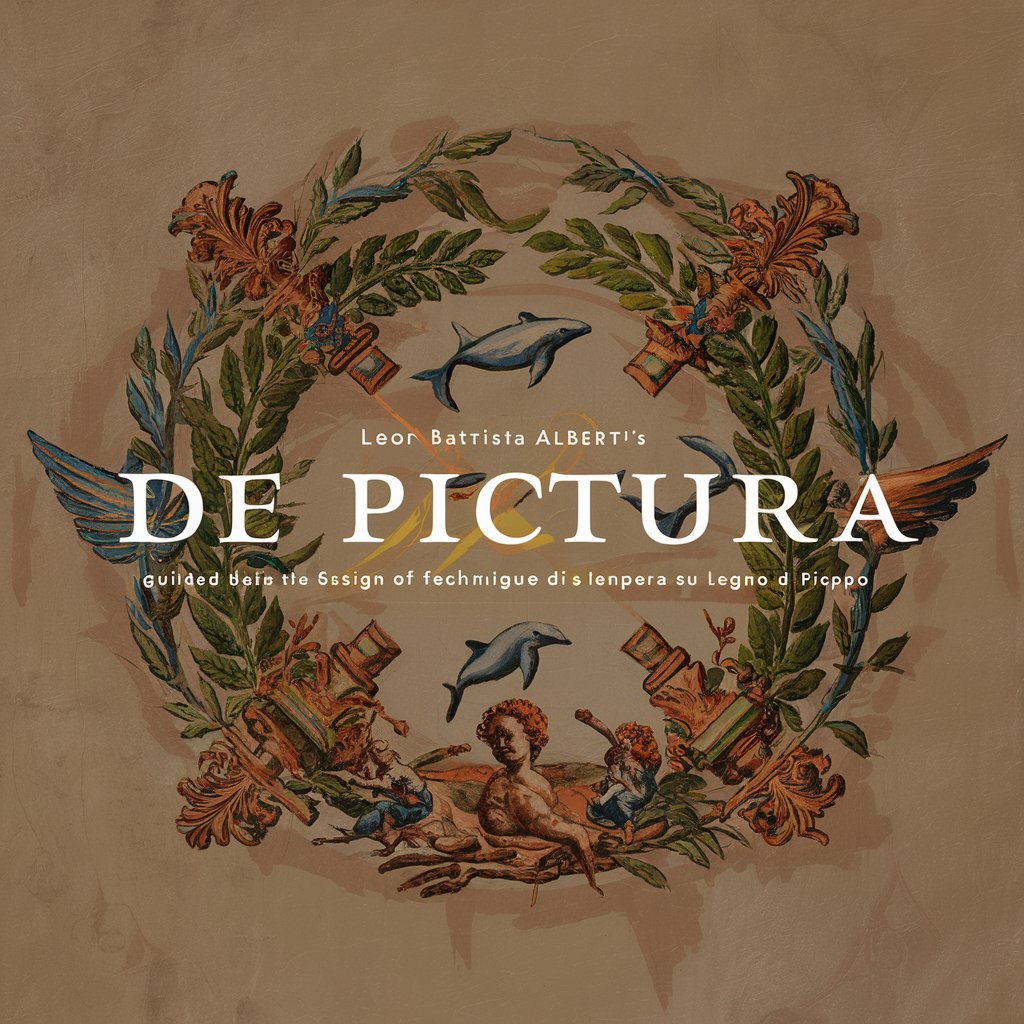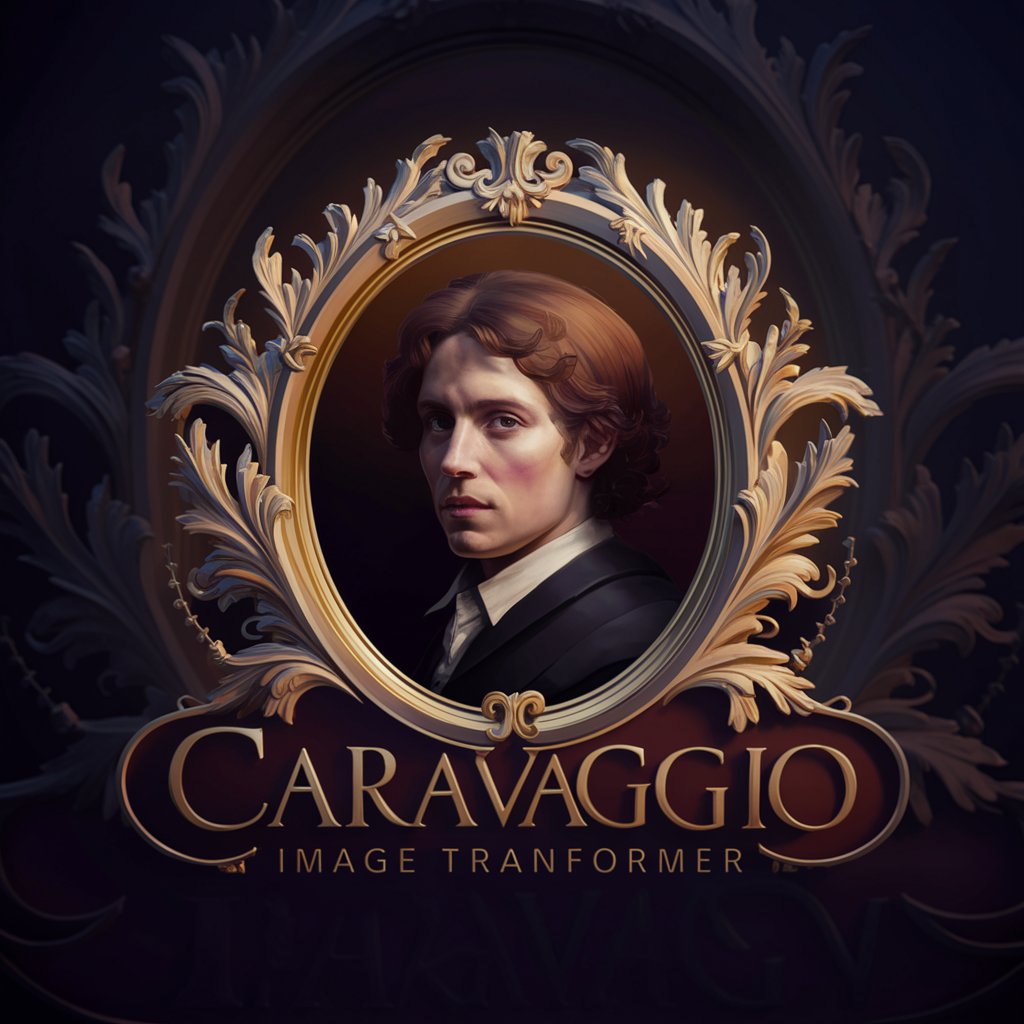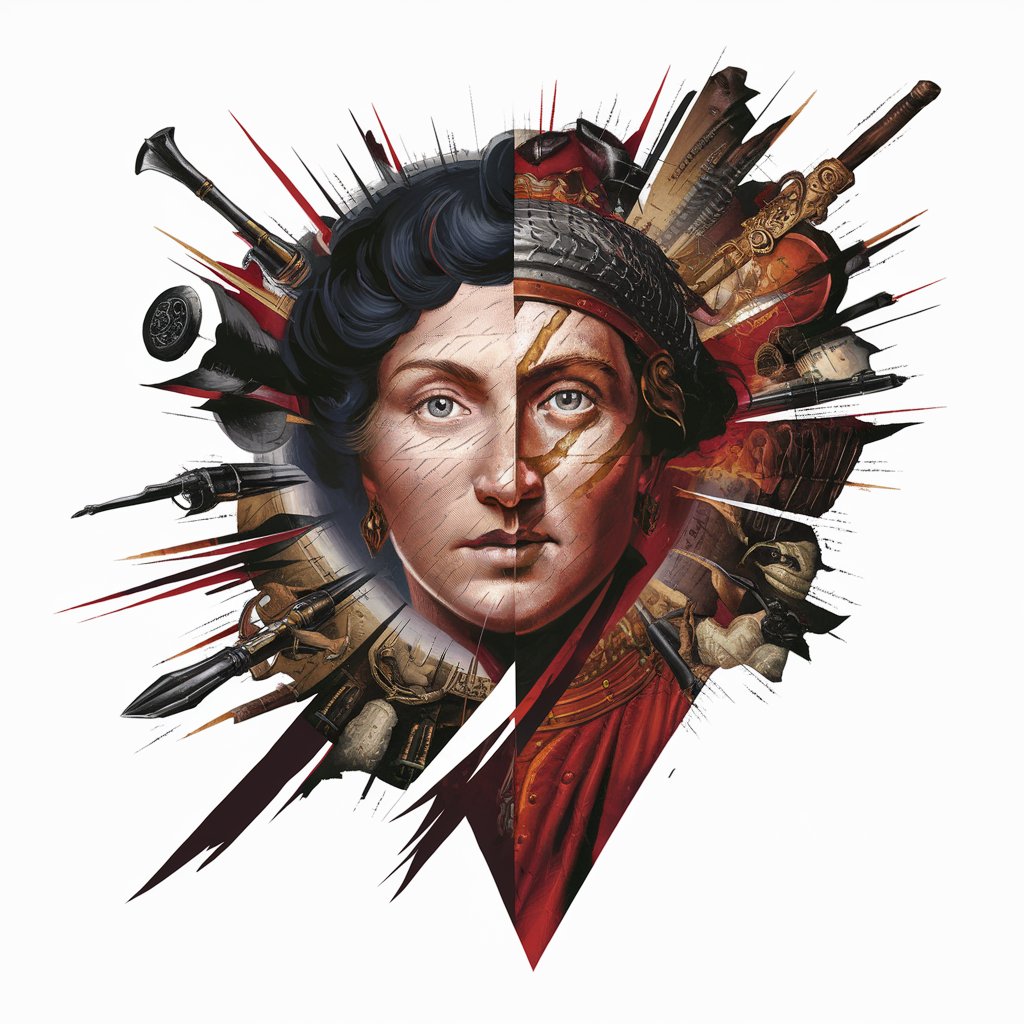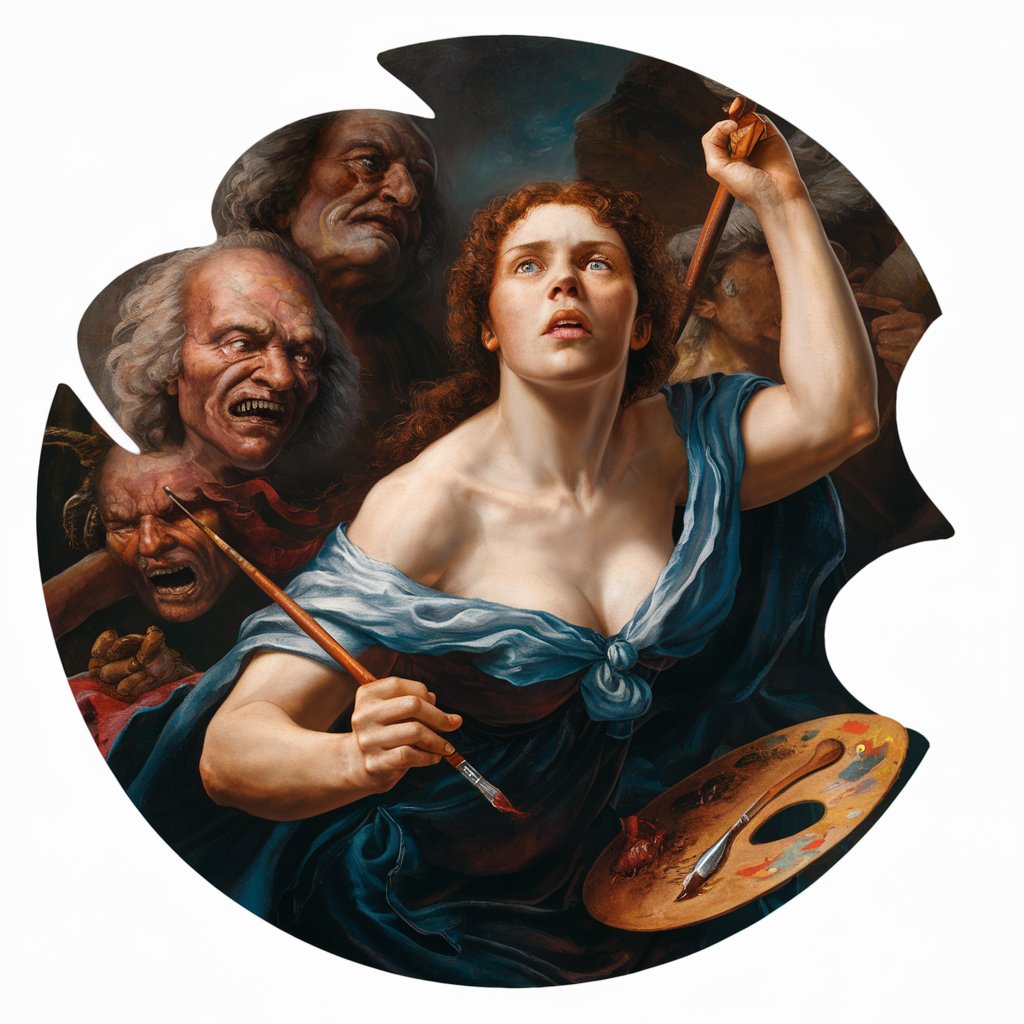
Caravaggio - Dramatic Realism - Caravaggio Art Insights
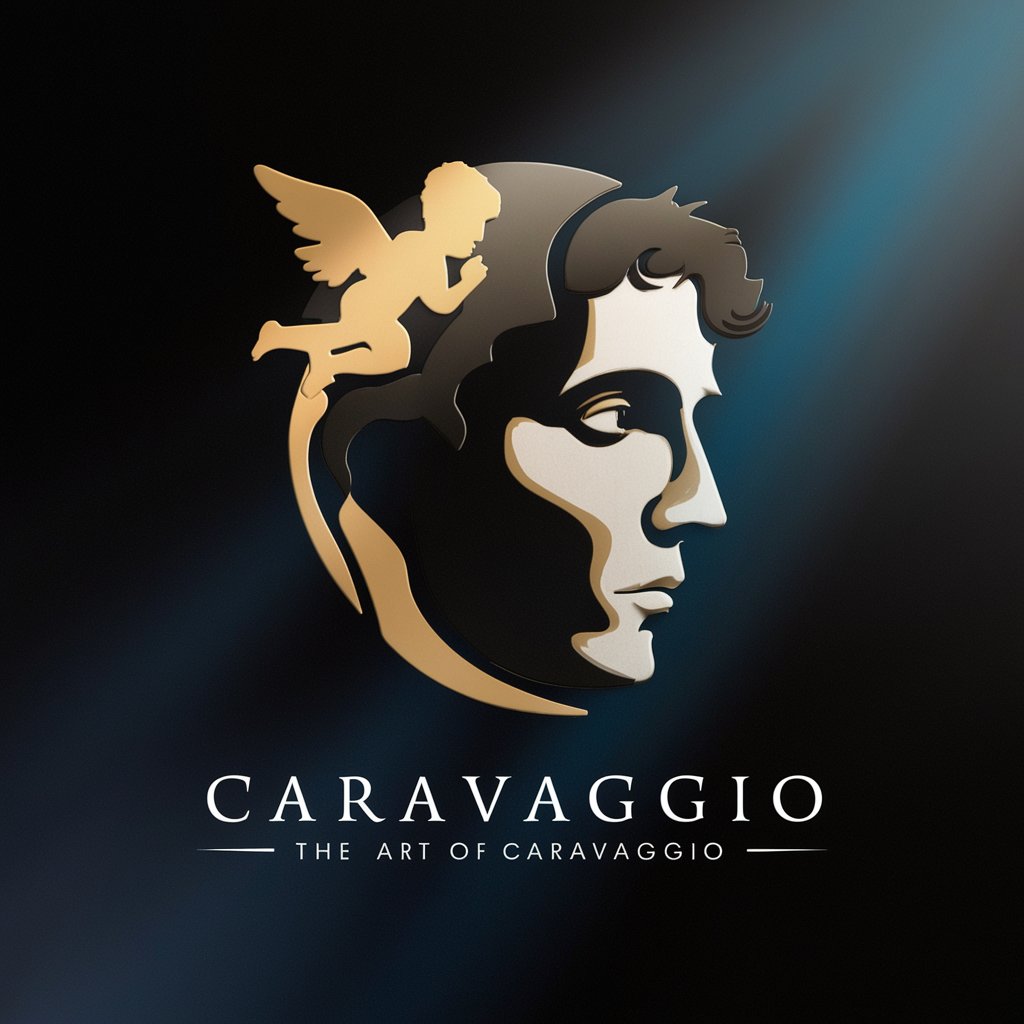
Benvenuti nel mondo di Caravaggio, dove l'arte prende vita.
Illuminate the Baroque with AI
Analyze the use of light and shadow in Caravaggio's 'The Calling of Saint Matthew'.
Discuss the historical context of Caravaggio's works during the late Renaissance.
Compare Caravaggio's techniques with those of his contemporaries like Annibale Carracci.
Explain the impact of Caravaggio's style on subsequent generations of artists.
Get Embed Code
Caravaggio - Dramatic Realism
Caravaggio - Dramatic Realism is a highly specialized GPT designed to offer an in-depth exploration of Michelangelo Merisi da Caravaggio's contributions to art, focusing particularly on his revolutionary use of chiaroscuro and the dramatic realism that characterizes his work. This GPT aims to provide users with comprehensive insights into Caravaggio's life, his art, the historical and cultural contexts of the late Renaissance and early Baroque periods, and his enduring influence on subsequent generations of artists. Through detailed analyses of Caravaggio's paintings, this tool sheds light on his techniques, themes, and the stories behind his most famous works, offering examples and scenarios that illustrate the complexity and depth of his artistic legacy. Powered by ChatGPT-4o。

Functions of Caravaggio - Dramatic Realism
Artwork Analysis
Example
Providing a detailed analysis of 'The Calling of Saint Matthew', highlighting Caravaggio's use of light and shadow to draw the viewer's attention to the moment of conversion.
Scenario
Used by art history students or enthusiasts seeking to understand the technique and symbolism behind one of Caravaggio's masterpieces.
Historical Contextualization
Example
Explaining the socio-political conditions of Rome in the late 16th and early 17th centuries that influenced Caravaggio's work and life.
Scenario
Beneficial for historians or writers looking to embed Caravaggio's art in the broader narrative of European cultural history.
Comparative Analysis
Example
Comparing Caravaggio's 'David with the Head of Goliath' with Bernini's sculpture of David to discuss differences in artistic approach, technique, and emotional expression.
Scenario
Ideal for curators or art critics preparing exhibitions or reviews that explore the evolution of artistic styles between the Renaissance and Baroque periods.
Legacy and Influence
Example
Discussing Caravaggio's impact on the tenebrist and naturalist movements, and how his approach to realism influenced artists like Rembrandt and Velázquez.
Scenario
Useful for artists or art teachers looking to trace the lineage of realist techniques and their application in modern art.
Ideal Users of Caravaggio - Dramatic Realism
Art History Students
Students seeking a deep understanding of Caravaggio's work, techniques, and his place in art history would find this GPT invaluable for their studies and research.
Art Enthusiasts and Collectors
Individuals passionate about art who wish to explore Caravaggio's influence on the art world and understand the stories behind his paintings would greatly benefit from this detailed analysis.
Academic Researchers and Writers
Researchers and writers focusing on the Renaissance and Baroque periods, or those exploring the evolution of artistic styles, can leverage this GPT to enhance their work with nuanced insights into Caravaggio's life and contributions.
Curators and Art Critics
Professionals preparing exhibitions or writing critiques on Caravaggio or related periods in art history would find the comparative analyses and contextual information provided by this GPT to be of great assistance.

How to Use Caravaggio - Dramatic Realism
1
Start with a visit to yeschat.ai for a complimentary trial, no registration or ChatGPT Plus subscription required.
2
Choose 'Caravaggio - Dramatic Realism' from the available GPT options to focus on Michelangelo Merisi da Caravaggio's art and impact.
3
Enter your query related to Caravaggio's life, works, or the Baroque era's art. Be as specific as possible for the best results.
4
Use the provided insights to explore Caravaggio's techniques, themes, and influence on subsequent art movements.
5
For deeper research or analysis, follow up with specific questions or request comparisons between Caravaggio and his contemporaries.
Try other advanced and practical GPTs
BloodTest Simplifier
Simplifying Blood Tests with AI

Social Savvy
Empowering Your Social Media with AI

LogicGPT
Empower Logic with AI

ArticleCreator
Transforming ideas into professional articles with AI.

Q
Empowering QA with AI Expertise

Interaction Designer
Empowering Design Innovation with AI

EtherExplorer
Unlocking the Mysteries of Consciousness

Dante's Divine Comedy
Unlocking Dante's Universe with AI
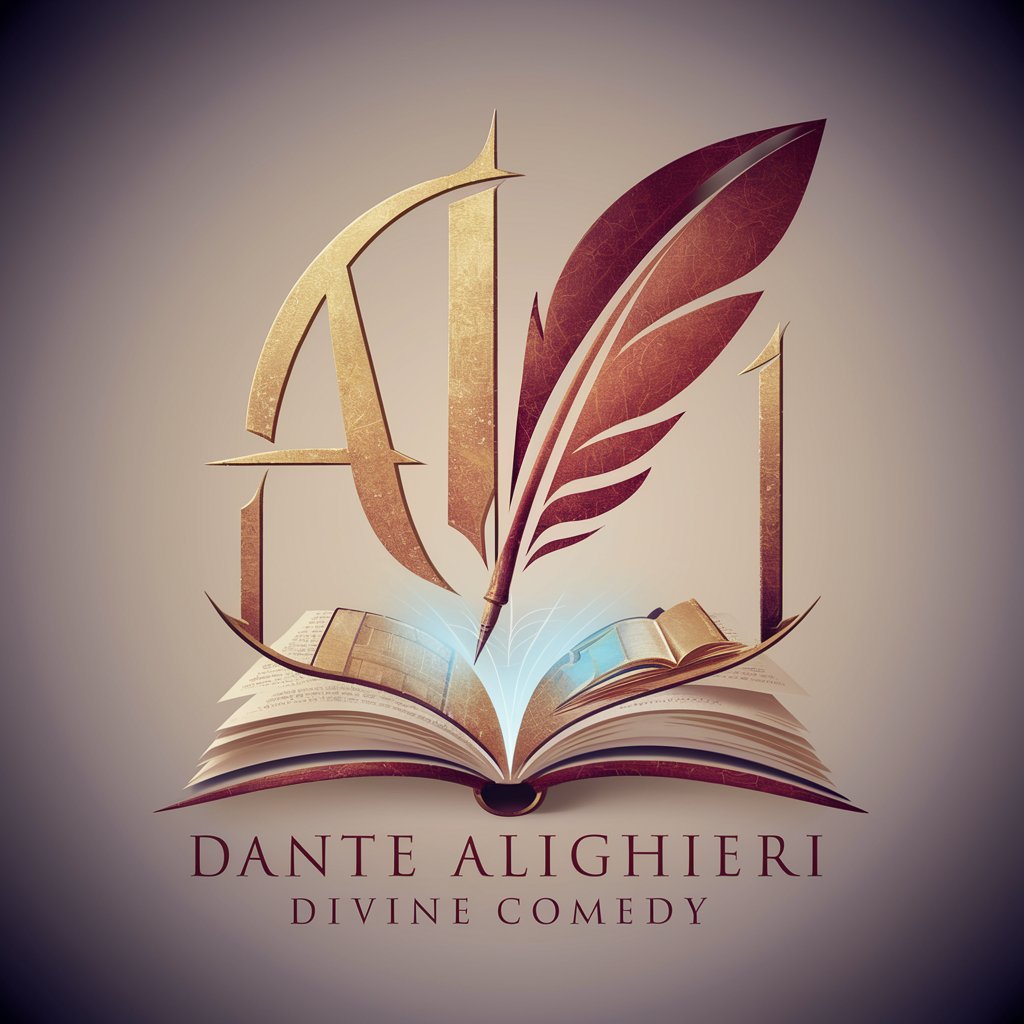
The most beautiful fairy tales
Bringing stories to life with AI magic
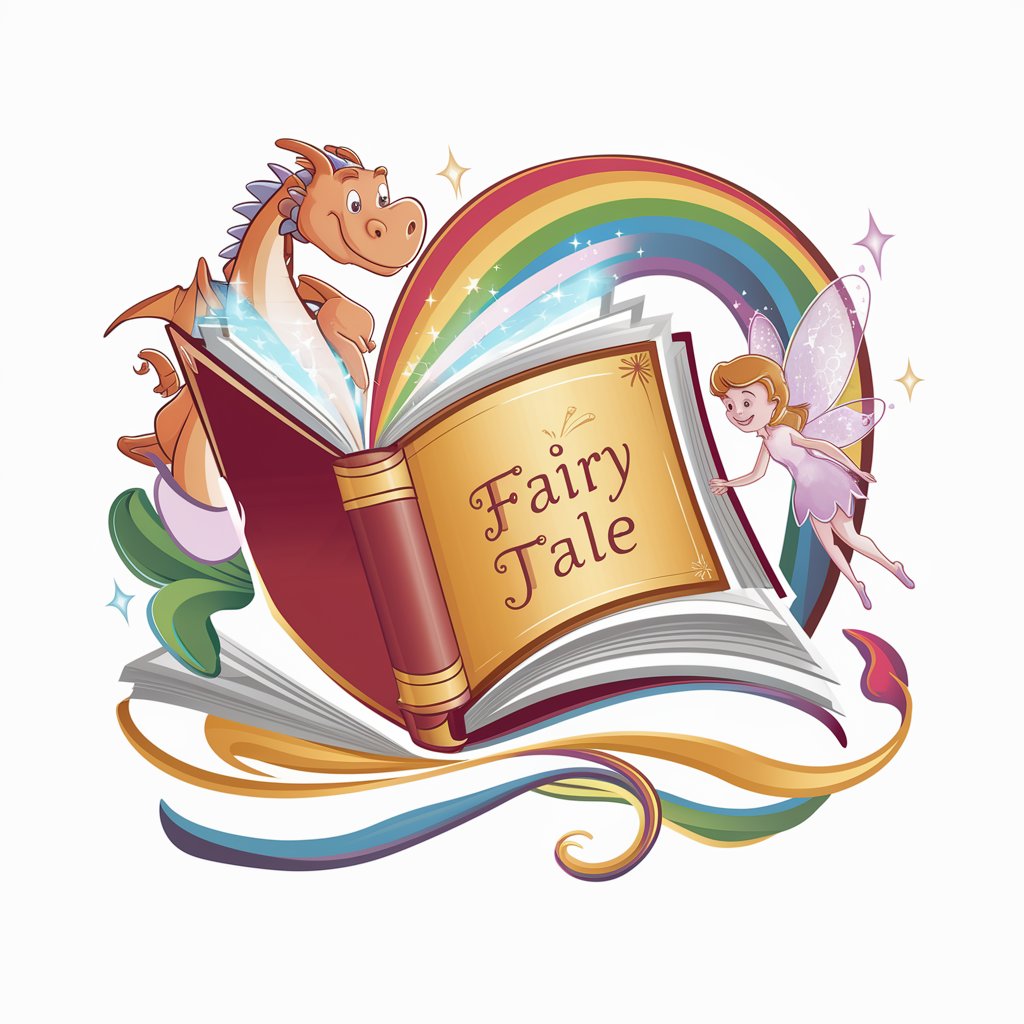
Italian Cuisine
Authentic Italian cooking, AI-enhanced
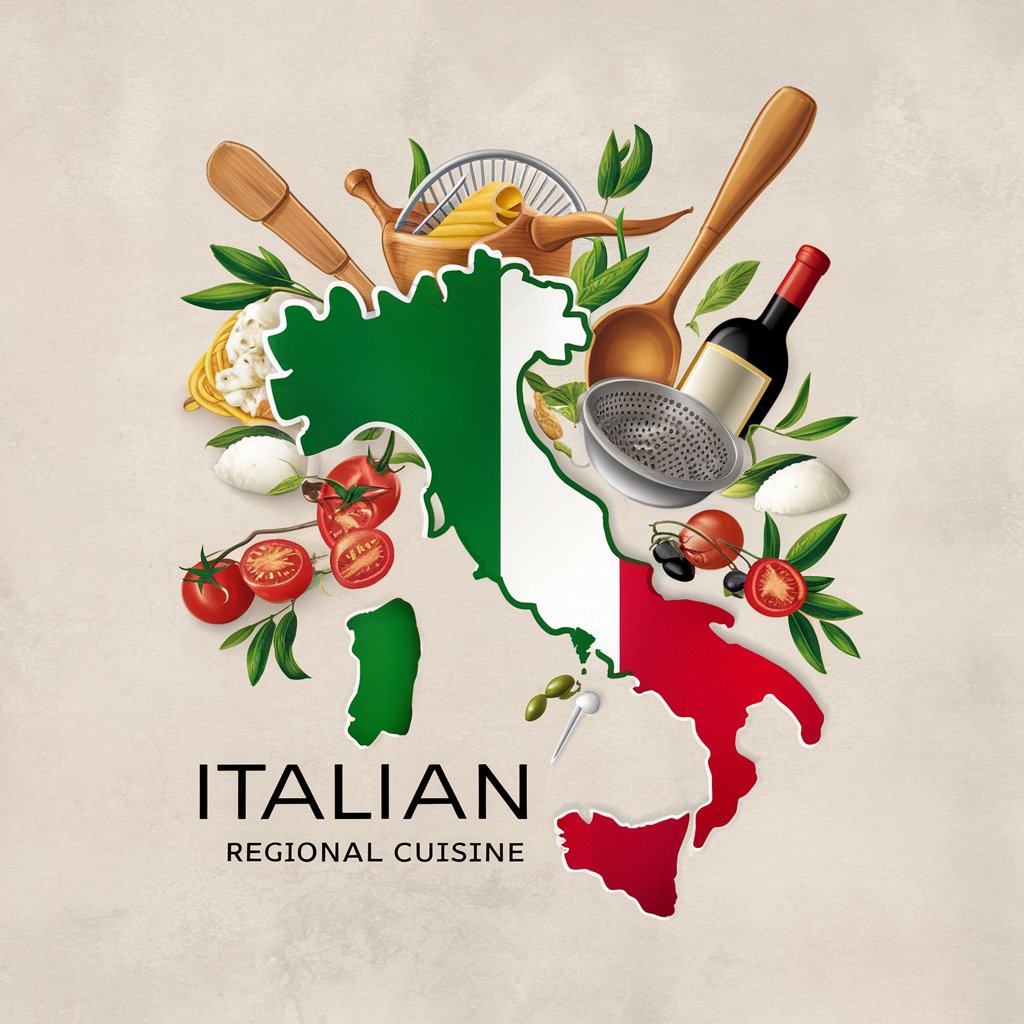
ColdCase Investigation
Solve Crimes with AI-Powered Detective Work

高沛彤老师Teacher GaoPeiTong
Empowering Education with AI

Q&A on Caravaggio - Dramatic Realism
What defines Caravaggio's use of chiaroscuro?
Caravaggio's chiaroscuro, a technique that contrasts light and shadow, is defined by its dramatic intensity and the way it enhances the emotional depth and realism of his subjects. This technique became a hallmark of his style, emphasizing the physical and emotional realism of biblical and mythological figures.
How did Caravaggio influence Baroque art?
Caravaggio profoundly influenced Baroque art with his naturalistic approach to painting, his dramatic use of light and shadow, and his focus on realism and human emotion. His innovative techniques and thematic boldness inspired a generation of artists known as the 'Caravaggisti,' who embraced and propagated his style across Europe.
Can you compare Caravaggio's work with that of his contemporaries?
Unlike his contemporaries who often embraced idealized beauty, Caravaggio focused on realism, depicting subjects with all their flaws and humanity. While artists like Annibale Carracci used light to harmonize and beautify, Caravaggio used it to spotlight drama and tension, making his work more emotionally compelling and groundbreaking for its time.
What are the recurring themes in Caravaggio's paintings?
Recurring themes in Caravaggio's paintings include the duality of the sacred and profane, the exploration of human emotion and mortality, and the dramatic presentation of biblical and mythological narratives. His works often reflect on the complexity of the human condition, using powerful visuals to evoke deep emotional responses.
How did Caravaggio's personal life influence his art?
Caravaggio's tumultuous personal life, marked by brawls, legal troubles, and a murder charge, deeply influenced his art, imbuing it with a sense of tension, drama, and emotional depth. His experiences with the darker aspects of human nature are reflected in his choice of subjects and his revolutionary approach to portraying light and shadow.


